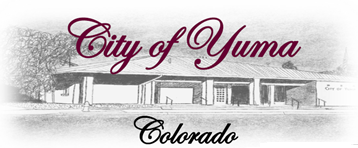What is an Electric Power Pole?
Power poles are an integral part of the landscape. We depend on them to heat our homes, light our businesses, and keep our lives running smoothly. How much do you know about how they actually work? Not all power poles are alike, but here\'s a quick guide for the elements you may see on a power pole near you:
- Power Pole They're 30-40 feet tall and weigh a half-ton but are not indestructible.
- Cross-arm Horizontal piece on the pole that holds the insulators and keeps the lines from touching each other.
- Primary Conductor Carries 21,000 volts of electricity from substations to the power pole.
- Insulator and Pins Insulators, usually made of plastic or porcelain, support the primary conductors and insulate them from the cross-arm or pole. Insulator pins support the insulators on the cross-arm.
- Pole-top Pin Supports the insulators on the power pole.
- Fused Cutout Provides overload protection for the system. If you hear a loud blast coming from a power pole, it's the fused cutout doing its job.
- Wire and Clamp Secured by a clamp, this wire connects the main line to the transformer.
- Transformer Located about 35 feet up, these cylindrical tanks reduce the primary voltage from 21,000 to 240 for delivery to the customer.
- Secondary Conductor (Tap) Carries stepped-down electricity from the transformer directly to the Customer-Owner's meter.
- Neutral Conductor Acts as a neutral conductor for the system.
- Strain or Suspension Insulator Holds conductors in place under tension, and insulates them from the pole.
- Pole Ground Wire Connected to a metal rod driven eight feet into the ground to, "ground" the system.
- Guy Wire Connected to an anchor in the ground to stabilize the pole.
- Communication Wires (i.e., telephone/cable TV) Generally the lowest wires on the pole, they transmit communication services.
